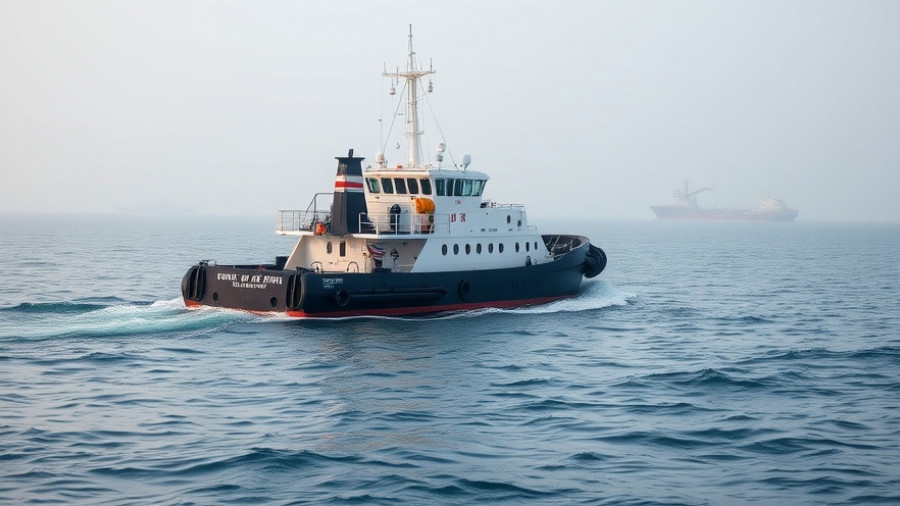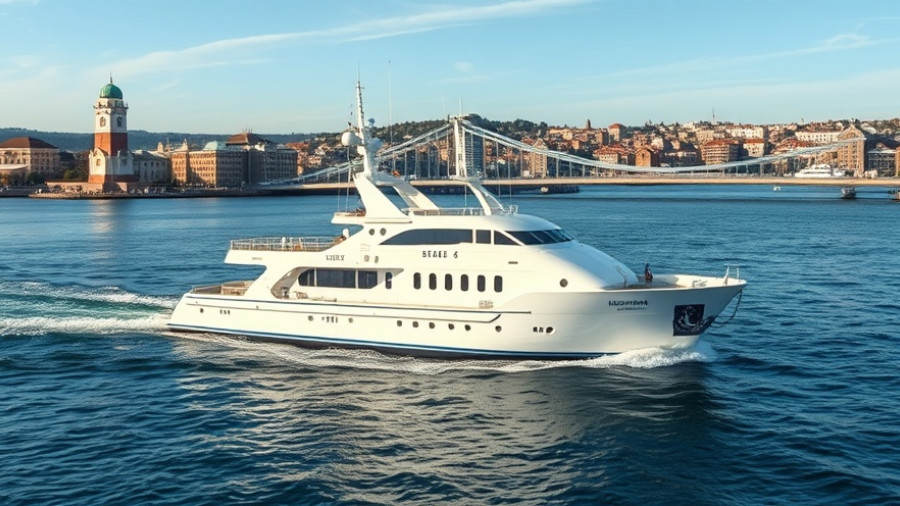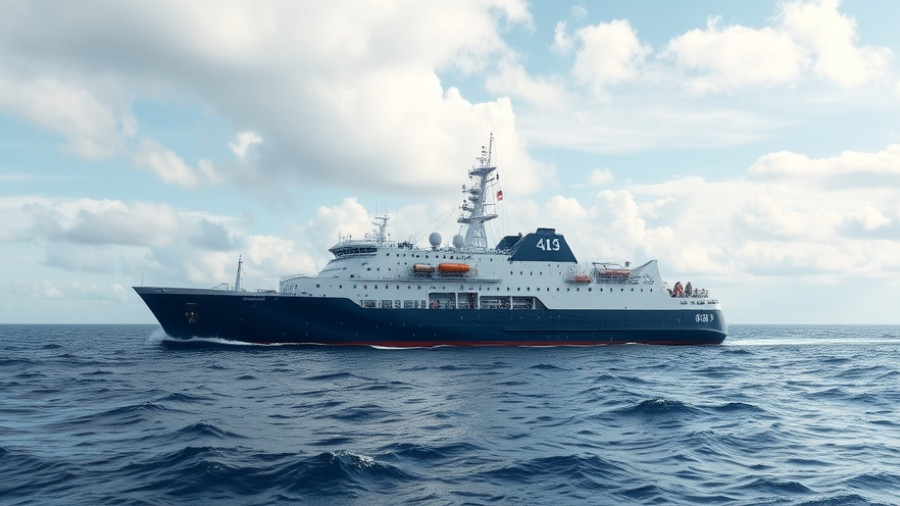
Revolutionizing Maritime Autonomy: How HavocAI Plans to Dominate the Waters
In a significant move that could reshape maritime defense, HavocAI, a rising star in autonomous marine systems, has successfully secured $85 million in new capital funding. This impressive financial backing, which brings their total funding to nearly $100 million since their inception just over a year ago, positions the company for accelerated growth while serving the urgent demands of modern military and civil maritime operations.
The Wind in Their Sails: Investors and Strategic Alliances
The funding round, completed with major players such as B Capital, In-Q-Tel, and Lockheed Martin, not only boosts HavocAI’s financial stability but enhances its collaborative potential. Paul Lwin, CEO of HavocAI, emphasizes that these partnerships are instrumental in providing not just capital, but also the technology and geographical reach necessary to amplify their autonomous capabilities. “This funding is about building a collaborative autonomy stack that really works,” Lwin shares, reinforcing his commitment to operational resilience and military readiness.
Accelerating Production: Meeting Military Demands
As the U.S. military looks towards rapid prototyping of unmanned vessels—partially fueled by the passing of President Trump's Big Beautiful Bill—HavocAI's ability to ramp up production is paramount. The company’s innovative approach focuses on not just building new vessels, but also retrofitting existing commercial boats with cutting-edge autonomous technologies. This strategy significantly reduces the time and costs traditionally associated with military shipbuilding, thereby allowing the U.S. Armed Services to deploy autonomous vessels more effectively and at a lower cost.
New Frontiers: Global Operations and Collaborative Defense
Beyond American borders, HavocAI aims to extend its operational capabilities. The additional funding will enable collaborations with international allies, particularly in the Indo-Pacific region, where maritime security is increasingly critical. This aligns with strategic interests among U.S. partners, enhancing regional stability through collaborative autonomous technology.
Innovative Designs and Real-World Applications
HavocAI’s product line, including vessels from 14 feet to 100 feet, is designed to fulfill a variety of operational roles, from providing essential supplies to establishing a distributed sensor network. The recent deployment of the 100-foot Atlas multi-mission vessel exemplifies their commitment to technological excellence and operational efficiency. Lwin highlights that creating fleets operationally adaptable to various military missions is essential: “Our swarming autonomy fulfills priority missions today, it’s needed right now,” he asserts.
The Future of Maritime Security Lies in Autonomy
The advancements in maritime autonomy continue to progress at a breakneck pace, placing HavocAI at the forefront of this revolution. With the company’s aggressive scaling plans backed by substantial funding and aligned partnerships, there’s a clear path for them to become a leader in a field that promises to redefine how maritime defense and commercial operations function.
Conclusion: Navigating Towards a New Era of Defense
This latest wave of investment not only sets HavocAI apart from competitors but also speaks volumes about the evolving landscape of maritime security. As the world faces complex challenges in maritime operations, the capability to deploy autonomous vessels presents opportunities to enhance safety, security, and operational efficiency. It is imperative for stakeholders in the maritime industry to recognize the strategic importance of innovations like those offered by HavocAI—solutions that are essential in today's rapidly changing global environment. The call for more funding and support to foster such innovations cannot be overstated, as they are essential to navigating the future of defense technology.
 Add Row
Add Row  Add
Add 




Write A Comment